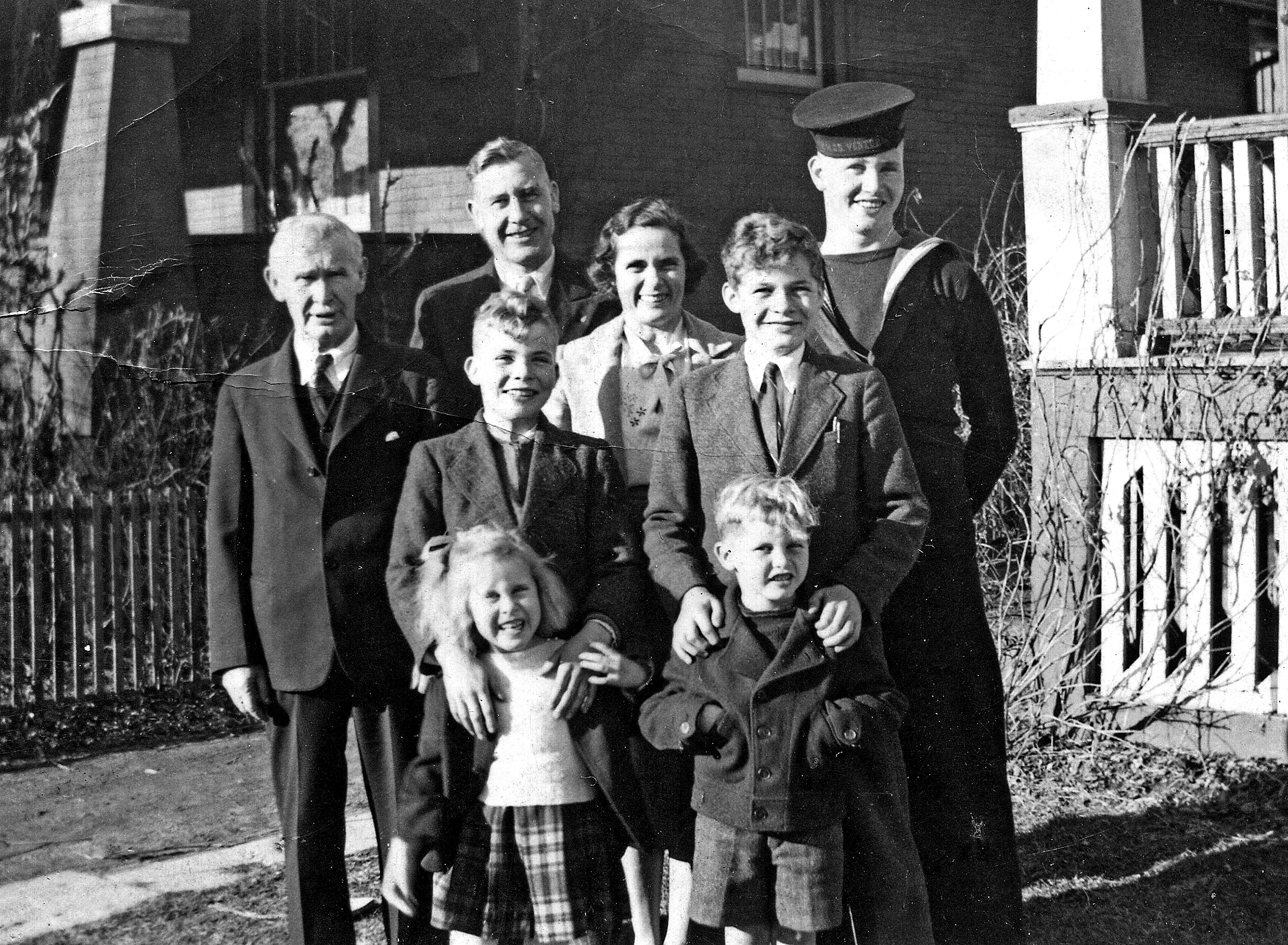Tom Slater & Tom St. Amand
Mary Moulden, 85, still recalls the moment her mother got the news.
It was October of 1940 and Mary, then six, noticed a uniformed delivery boy get off his bicycle at the family home on Lydia Street. He was clutching a yellow telegram.
Moments later, Mary found her mother in the living room, sobbing, the telegram beside her.
Her son, 18-year-old Bruce Powell of the Royal Canadian Navy was missing and presumed dead.
Ernie and Cora Powell received official confirmation two weeks later: the HMCS Margaree had been sunk in a collision in the North Atlantic and Ordinary Seaman Stephen Bruce Powell was not among the survivors.
He was the first Sarnian killed in the Second World War. His body was never recovered; his name is inscribed on the Halifax Memorial.
In Sarnia, hundreds of families would soon have to find ways to cope with the wartime death of loved ones. How the Powell family dealt with the loss is a study in courage, patriotism, and hope.
Just before Christmas that year, Ernie and Cora went to a downtown cinema to watch a movie. A clip from the wartime newsreel that preceding the feature film showed three sailors in pea coats walking on the deck of a ship. A close up revealed the face of one of the sailors and it was their son.
Mrs. Powell fainted.
The following day, the manager opened his theatre to the Powells alone, and this time they managed to watch the entire newsreel.
Ernie and Cora responded to Bruce’s loss by staying active in the war effort.
“Our family’s nickname for Bruce was ‘Buster,’” Mary Moulden recalled. “But my parents rarely mentioned his name after his death. They kept his memory alive in their own way, though.”
Her British-born father, a First World War veteran, embodied the “stiff upper lip” approach. Ernie became an active member of the Legion, speaking at schools about the war to students. At the Imperial Theatre, he would lead singalongs to raised money for the war effort. He became a Flying Officer with the Air Cadets from 1942 to 1955, and every year at Canon Davis Church, on the Sunday closest to Remembrance Day, he read aloud the list of soldiers killed in action.
“My mother was a gentle soul who could do just about anything,” Mary recalled. Cora volunteered with the Navy Mother’s Auxiliary and Red Cross: knitting afghans and small squares for soldiers to place under their helmets; wrapping up bandages; exchanging food stamps; and collecting milkweed pods to stuff in life vests.
Two children at home kept them busy—two other sons would also serve in the war—but they still found time to billet sailors building sub-chasing naval ships in Sarnia.
The war ended in 1945 and nearly eight decades have passed since Buster’s death. Mary has only a few personal recollections of her older brother, but she remembers her mother’s passion for keeping alive his memory.
After the war, Cora spent hundreds of hours compiling a detailed scrapbook of Buster’s life. Among the photographs, letters, and newspaper clippings was the Memorial Cross (Silver Cross) she received in 1941, engraved with Bruce’s name, rank, and service number.
Cora passed away in 1978, eight years before Ernie, but she never forgot her first-born.
“Perhaps it’s because Bruce’s body was never found,” Mary explained. “But I will always picture my mother sitting in the living room, looking at the front door and expecting Buster to walk in at any moment.”


